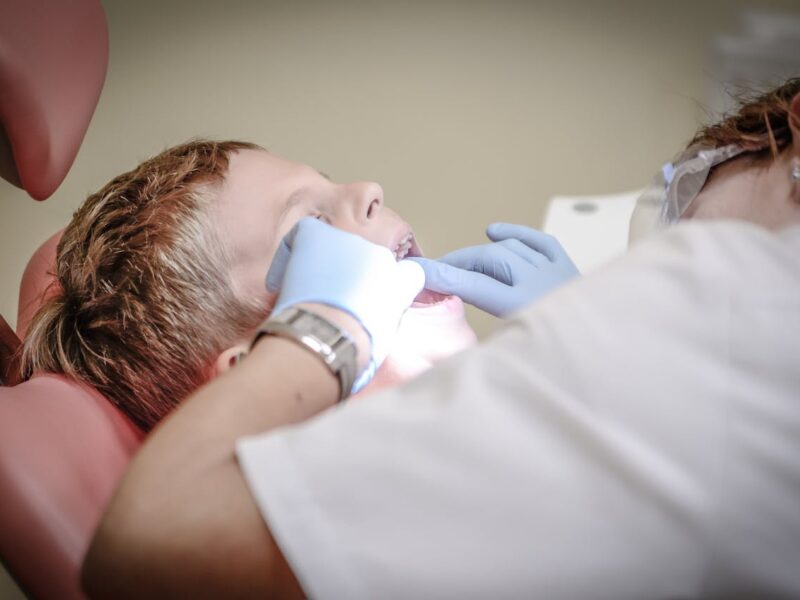Dance is an amazing outlet for stress, as well as an amazing overall exercise and whole-body workout. But as we all know, an injury can happen at any moment, even to a professional dancer.
As you’re on your way to chasing your dreams in the world of dance, it’s important to know how to recognize and treat common dance injuries that may arise.
Let’s take a closer look at some of the most common dance injuries and how to treat them.
Contents
Pain and Soreness
Pain and soreness due to strenuous dance activities are one of the most common dance injuries. Overtraining, pushing the limits of technical skill, or trying to keep going even though it hurts can easily lead to injury.
Before beginning any dance routine, dancers should take a few minutes to warm up properly but not overdo it. After dancing, it is essential to stretch and cool down.
Regular massage, icing, or rest and recovery times are also useful preventative measures. For persistent or severe pain and soreness, professional medical advice is essential.
Dance physiotherapists are qualified and experienced enough to treat a wide range of dance injuries. They can also help guide a rehabilitation program that is tailored to the needs of each dancer.
Knee Hurting
Knee pain is one of the very common knee injuries due to the amount of time spent in a bent position, such as in plié or relevé. To recognize knee pain, keep an eye out for soreness or swollenness.
If the knee pain is persistent and lasts more than a few days, it is important to go to a doctor and get a diagnosis. Treatment for knee pain can include rest, RICE (rest, ice, compression, elevation), wearing a knee brace, physical therapy, and stretching and strengthening exercises.
To help prevent developing knee pain, make sure to properly warm up the body and roll out tight muscles before dancing. Cultivate correct alignment and body mechanics, and lastly, be mindful of how much you are asking your body to do.
Also, be sure to do additional readings on an article on knee pain to ensure you’ll know what to do.
Poor Range of Motion
Poor range of motion can be caused by many underlying issues, such as improper technique, muscle tightness, poor muscle strength, and joint instability.
Common dance injuries that can restrict the range of motion, such as strains and tendinitis, should be recognized and properly treated. If a dancer experiences a restricted range of motion, they should first look to stretch and foam roll the muscle.
They should then consult with their doctor, who can assess the joint and rule out the presence of any serious injuries. Once the underlying cause of the poor range of motion is identified, a treatment plan should be put in place.
Treatment plans often include stretches, cross-heart exercises, strengthening exercises, and, most commonly, rest and cryotherapy. If the injury does not resolve, dancers should also look to professionals, such as a physical therapist, for additional treatment and guidance.
Common Dance Injuries: Know How to Prevent
Common dance injuries can cause significant disruption to training and performance, so recognizing and treating them early is essential.
With a basic understanding of the causes and areas of most frequent injury and the use of R.I.C.E. protocols, most dance-related injuries can be avoided and treated swiftly. To remain injury free and continuously improve, dancers must practice preventative measures and proper technique.
For more informative topics, check out the rest of our site.



